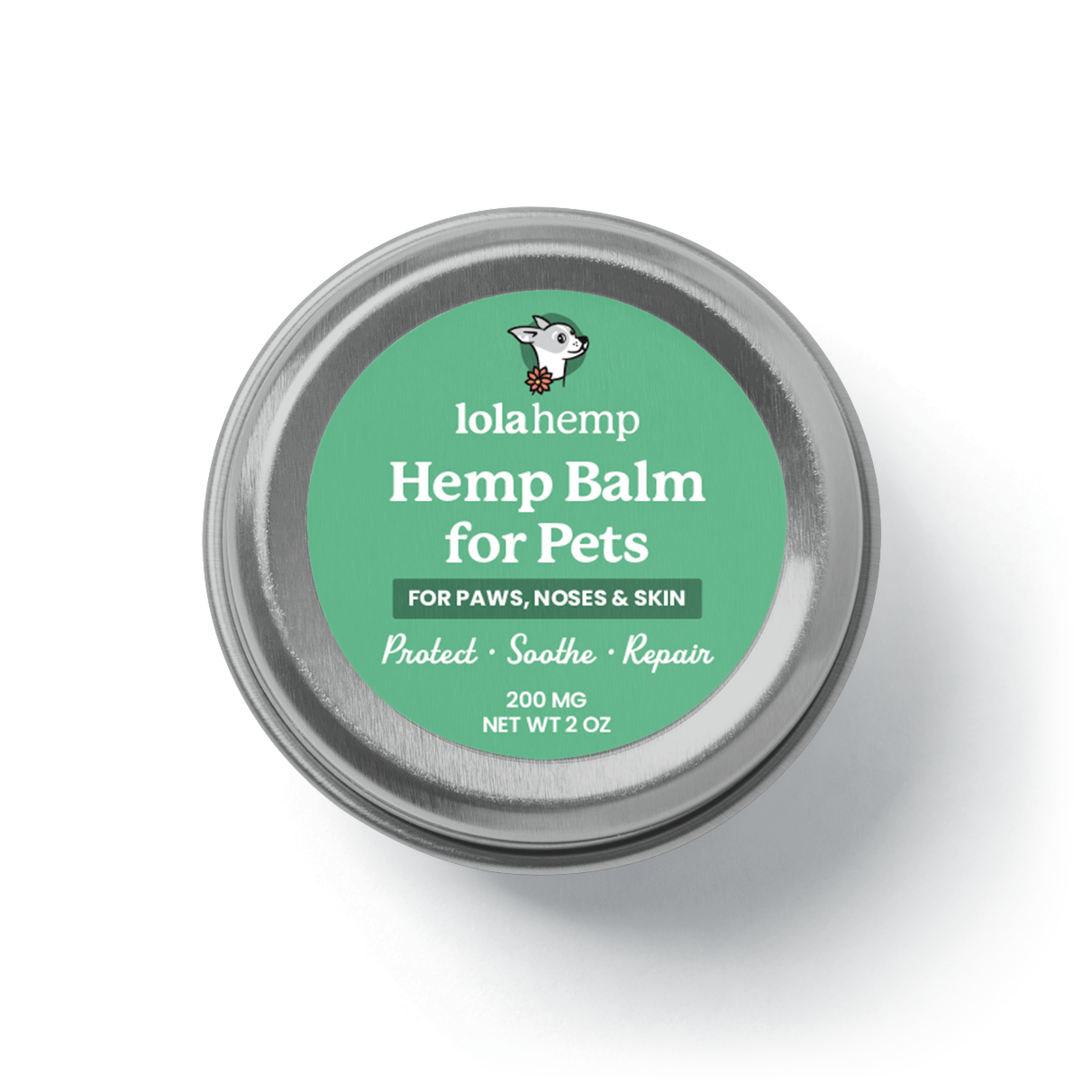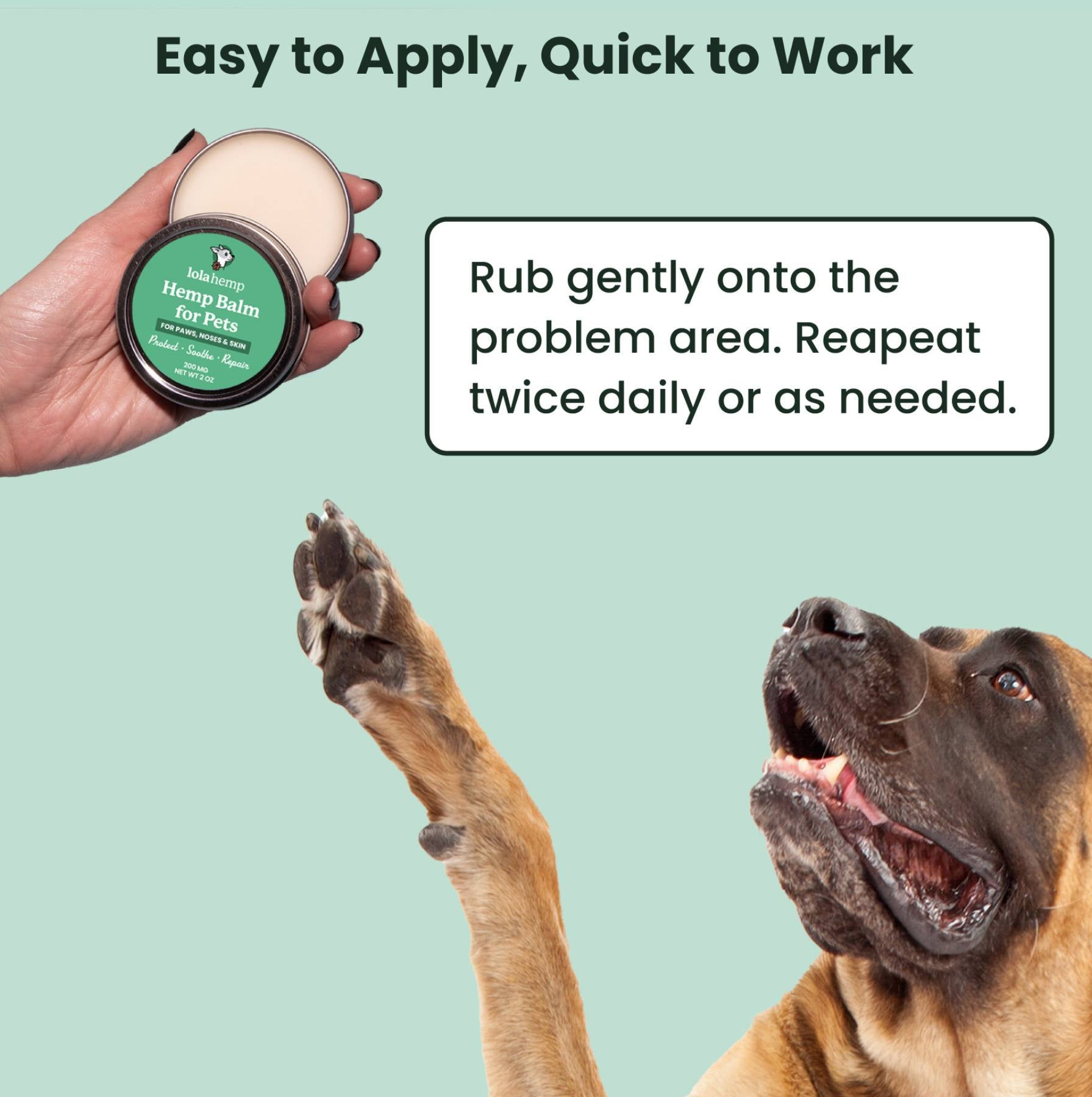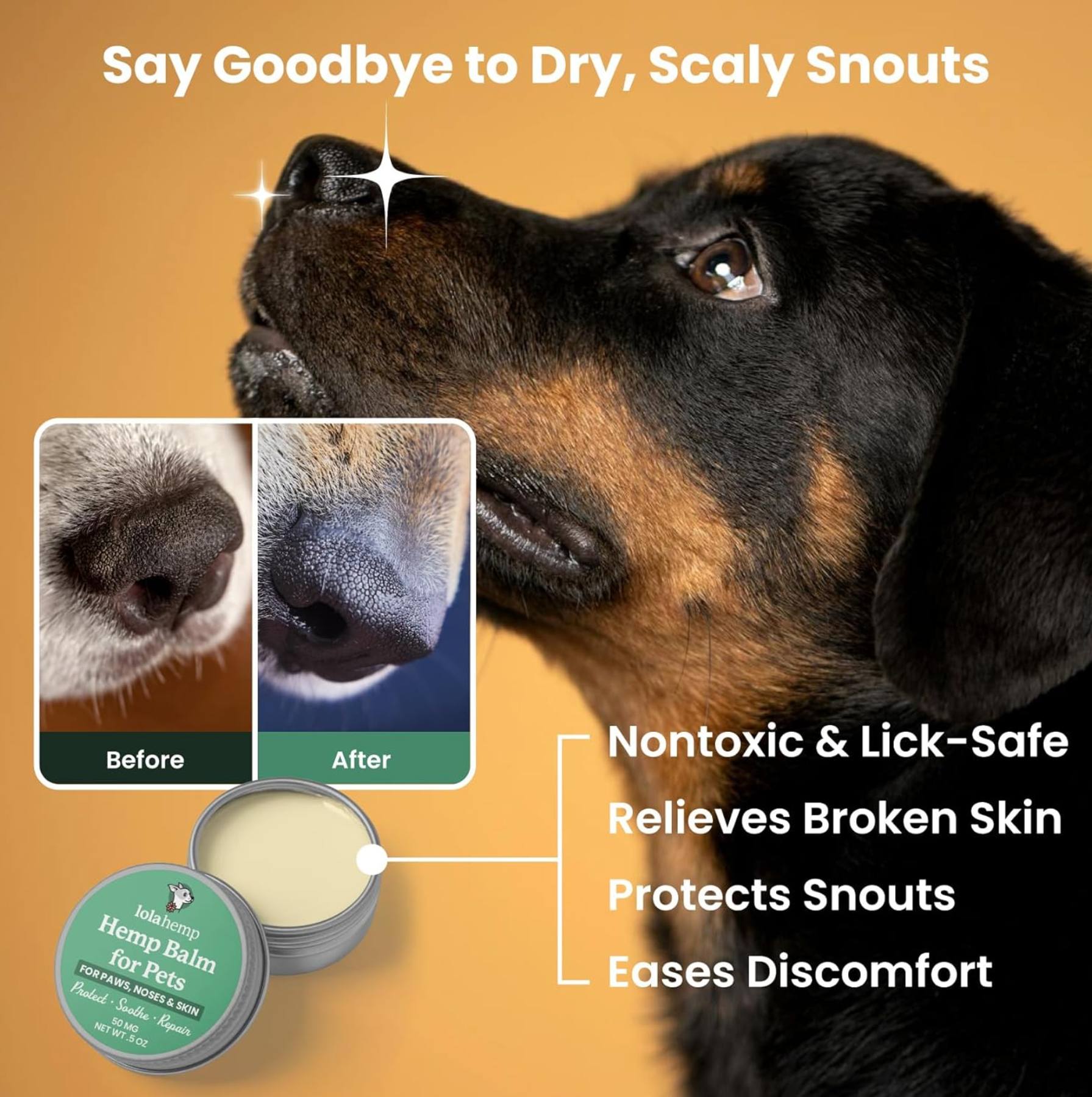The Chinook is one of America’s rarest dog breeds, yet it offers a unique blend of strength, intelligence, and gentleness that makes it an ideal companion for the right family. Originally bred for pulling sleds and working in cold climates, the Chinook is much more than just a working dog. It is a loyal friend, a calm housemate, and a symbol of American ingenuity in canine breeding.
This article explores the Chinook's rich history, its role as a family and working dog, grooming requirements, personality traits, and key health considerations. If you're considering adding a Chinook to your household or just want to learn more about this lesser-known breed, read on.
The History & Origins of the Chinook
The Chinook breed originated in New Hampshire in the early 20th century. It was developed by Arthur Treadwell Walden, a polar explorer who sought to create a sled dog with the power of freight dogs and the speed of racing sled dogs. The foundation dog, also named Chinook, was a cross between a Husky-type dog and a Mastiff, resulting in a powerful yet gentle dog ideal for sled work.
Chinooks were famously used in Admiral Byrd’s 1929 Antarctic expedition, where their endurance and temperament were put to the test in extreme conditions. Despite their early popularity, the breed nearly went extinct by the 1980s. Thanks to the dedication of breed enthusiasts and preservationists, Chinooks have survived—though they remain one of the rarest registered breeds in the world.
Today, Chinooks are recognized by the AKC in the Working Group and are appreciated for their versatility as family companions, therapy dogs, and light-duty working dogs.

Temperament and Personality of the Chinook
The Chinook is known for its even temperament, intelligence, and calm demeanor. Unlike some working breeds, Chinooks are not excessively energetic or hyperactive. Instead, they thrive in environments where they can be close to their families and have a purpose—whether that’s hiking, skijoring, or simply guarding the yard.
Chinooks are naturally reserved around strangers but are rarely aggressive. They are deeply bonded to their people and can develop separation anxiety if left alone for long periods. Their intelligence means they pick up on routines and commands quickly, but their gentle nature requires positive reinforcement and patience in training.
They are typically good with children and other dogs, making them a strong candidate for active families with space and time to engage their dog mentally and physically.
What Does a Chinook Look Like?
Chinooks have a wolf-like appearance with a well-muscled build, tawny double coat, and a graceful, athletic stance. Males typically stand 23 to 27 inches tall and weigh between 65 to 90 pounds, while females are slightly smaller.
Their expressive brown eyes, wedge-shaped head, and high-set ears give them a noble and alert appearance. Their coat is weather-resistant and ranges in shades of light honey to reddish gold. Their tails are typically saber-shaped, carried in a gentle curve.
Overall, they have a balanced, athletic silhouette built for endurance and resilience in cold climates.
Exercise and Training Needs
Chinooks are moderately active and require regular exercise to stay healthy and well-adjusted. Daily walks, play sessions, and occasional off-leash time in a secured area are ideal. They also enjoy participating in structured activities like agility, hiking, carting, or pulling sports.
While they are intelligent and eager to please, Chinooks can be sensitive and may not respond well to harsh training methods. Positive reinforcement, early socialization, and consistent routines are essential to raising a well-mannered Chinook.
Because they are pack-oriented and people-focused, they do best in homes where they are not left alone for extended periods of time.
Grooming a Chinook
The Chinook’s double coat sheds moderately year-round and more heavily during seasonal changes. Brushing 1–2 times per week is usually sufficient, though daily brushing may be needed during heavy shedding periods.
Baths can be given occasionally, and regular maintenance tasks like nail trimming, ear cleaning, and dental care are essential. Their coat naturally repels dirt, so grooming is not overly time-consuming—but staying on top of it prevents mats and skin irritation.
Chinooks are known for their cleanliness and don’t tend to have a strong doggy odor.
Health Issues in Chinooks
As a rare breed with a limited gene pool, Chinooks have some known hereditary health concerns. The most common issues include:
- Hip Dysplasia: Like many larger breeds, Chinooks are at risk. Breeders should perform OFA or PennHIP evaluations.
- Epilepsy: Seizures have been reported in the breed. Prospective owners should ask about lineage health history.
- Allergies and Skin Sensitivities: Some Chinooks may be prone to environmental or food-related allergies that manifest as skin irritation or chronic ear infections.
Reputable breeders will screen for these conditions and should offer a health guarantee. Lifespan typically ranges from 12 to 15 years.
Should You Own a Chinook?
Chinooks are ideal for individuals or families seeking a calm, capable, and affectionate dog that enjoys being part of a team. They’re not ideal for small apartments or people who are away from home most of the day. Their size, intelligence, and attachment to their people mean they do best with owners who can offer daily interaction, mental stimulation, and moderate exercise.
If you’re looking for a gentle, loyal, and versatile companion with a fascinating history and a rare presence, the Chinook may be the perfect dog for you. Just be prepared to invest in early training, regular grooming, and lots of bonding time.
In return, you’ll gain a lifelong companion with strength, grace, and a heart as big as their history.









